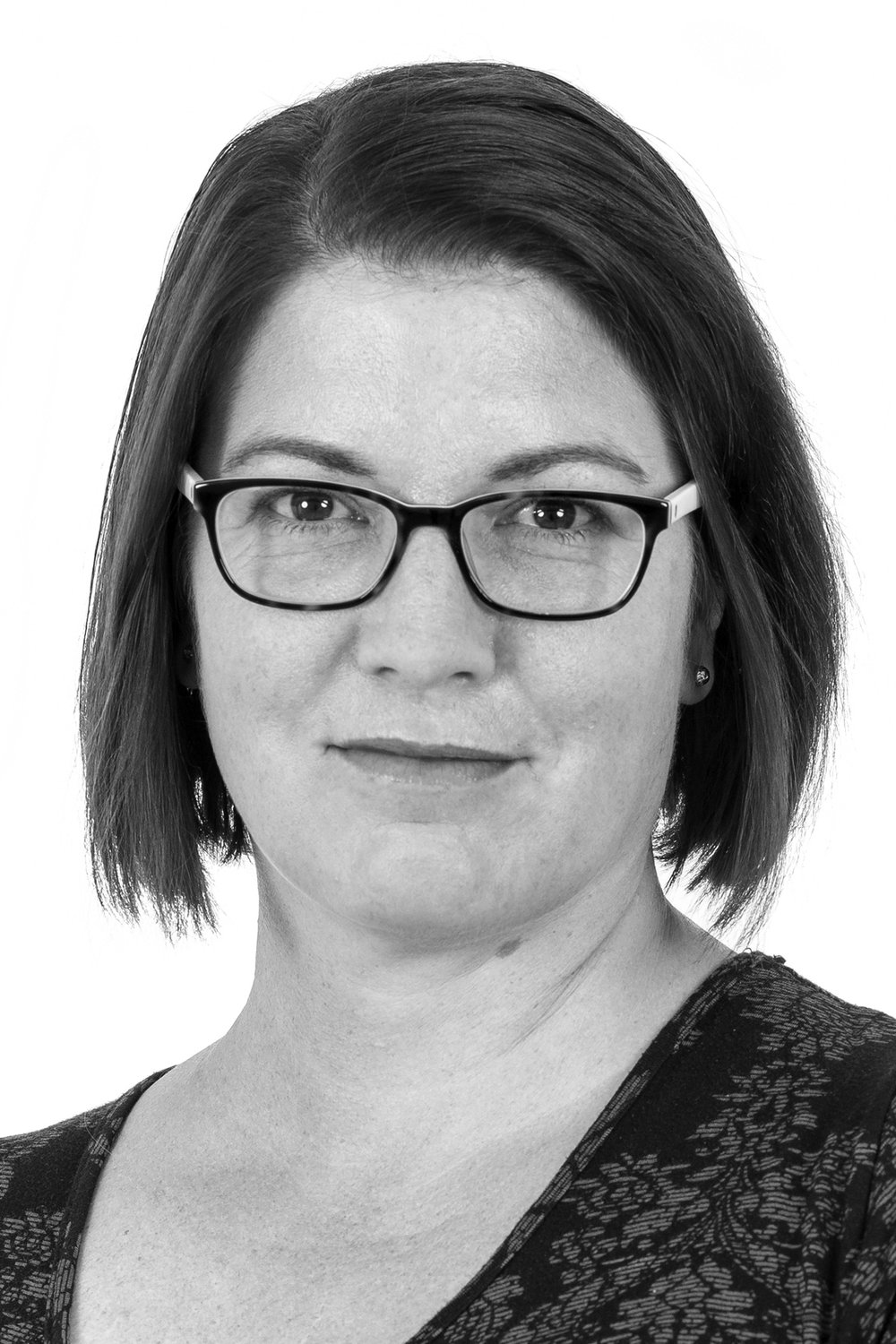Over 170,000 Central and Eastern European displaced persons arrived in Australia between 1947 and 1952, sponsored by the United Nations and set to work as indentured labourers, as part of post-war reconstruction efforts.
The displaced persons were the first mass group of non-British migrants, and were harbingers of a post-war scheme which led to multiculturalism in Australia. This book contains the complex stories of these people, journeying from the post-war camps of Europe to a new life in Australia. Australia’s first post-war intake is made up of many stories: of displacement, migration, assimilation, and diaspora; of prejudice, parochialism, and strident anti-communism; and of dramatic demographic change, optimism, and welcome.
Selected by Australian officials from European camps, not all of the displaced persons stayed in Australia. Many resettled in the United States and Canada for professional reasons, particularly doctors, scientists and academics, whose qualifications weren’t recognised in Australia. For others with complex back stories and an ongoing attachment to their homeland, Australia was a pragmatic but unhappy option. Their diasporic thoughts and actions complicate the usual focus on emigration and immigration as a simple narration about moving from one place to another. What happens when circumstances force people to move halfway across the world?
In 2010, historian Klaus Neumann, pointing out that Australian historiography lacked sustained research into immigration and refugee topics, called for academics to add an ‘informed historical perspective’ to the debate on asylum seekers. Australian politicians of all persuasions, for instance, generally claim an unproblematic, welcoming tradition towards migrants and refugees; Prime Minister Malcolm Turnbull has described Australia as ‘the most successful and harmonious multicultural nation in the world’. Our first Minister for Immigration, Arthur Calwell, speaking in 1953, began this trend by stating unequivocally that ‘the Australian people have given an example to the world in their friendly reception to the new settlers’. Pointing to this (ahistorical) memory of humanitarian hospitality, contemporary conservative pundits articulate insurmountable differences between earlier migrant and refugee cohorts and twenty-first century ‘boat people’, who are portrayed as refugee ‘queue-jumpers’. As historian Peter Gatrell has observed, unfortunately ‘the field of refugee studies is notable for the absence of history’.
The histories contained in this book speak to themes that are relevant to the many post-war migrant groups in Australia, and Australians generally, and will remain relevant. There is, for example, continuing controversy about distinguishing ‘humanitarian refugees’ from ‘economic migrants’; the manner in which ‘asylum seekers’ are temporarily housed in Australia; and the settlement processes to be carried out after granting refugee status. Australia still lacks any standing means to investigate war crime allegations in new arrivals. The issues of assimilation and integration, as well as the place for diaspora in an ostensibly multicultural Australia, continue with new iterations.
The displaced persons included refugees, victims of Nazi and Soviet policy, fascist war criminals, passionate anti-communists, and ordinary people who chose to leave Europe behind for the New World. Most importantly, displaced persons did not always fall into neat categories: they were individuals, with sometimes complex and ambiguous identities. Some found a haven in Australia, working and raising families in peace. Others became involved in domestic politics, including multicultural policy. Others still refused to move on from a sense of ethnic essentialism and nationalist struggle.
Beautiful Balts showcases these various experiences in a history which can sometimes seem negative (of course, things were not perfect). Displaced persons were subject to prejudice and parochialism both during the migrant selection process and upon their arrival in Australia; under the work contract, families were separated and displaced persons were given the worst jobs, with little subsequent opportunity for professional advancement. Despite its shortcomings, though, the post-war immigration scheme under Arthur Calwell and Ben Chifley was visionary and, ultimately, successful. The decision to select displaced persons and bring them to Australia as a source of labour and population made an immense contribution to national growth. The scheme also offered a new home to those who had been without one, for years.
The world is currently in the midst of the biggest refugee crisis since the post-war period. In contemporary Australia, politicians highlight a need for ‘skilled’ migrant labour. Yet they simultaneously ban refugee boat arrivals, demonising asylum seekers and ignoring their potential to contribute to modern Australia. In a neat irony, Australia houses asylum seekers in Nissen and Quonset huts on Manus Island, Papua New Guinea. Some of these huts were previously shipped from the former US Base on Manus Island to be used in reception and training centres in Australia for post-war displaced persons, and are now feted as heritage items in the celebration of a multicultural Australia. Perhaps the most surprising aspect of the post-war displaced persons scheme was the extraordinary political will that overcame a number of hurdles in order to make use of a refugee crisis for national gain. Is there something we can learn from this when today’s refugee policies seem so uncompromising?
* * * * * * *
Jayne Persian’s book,Beautiful Balts, is published by NewSouth in June 2017.
